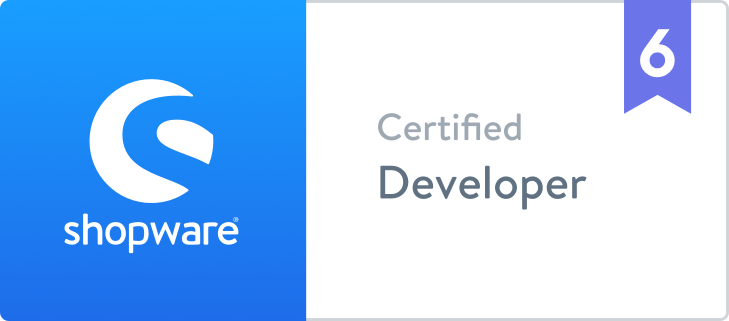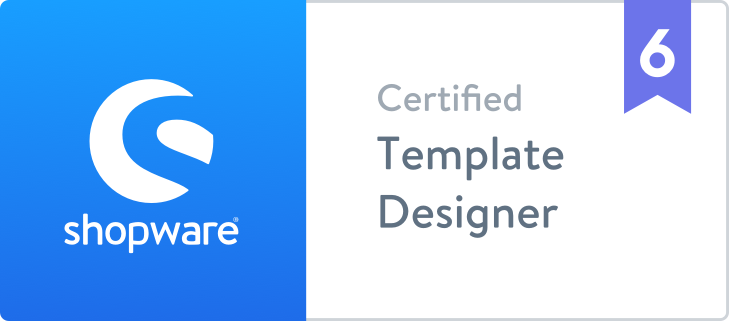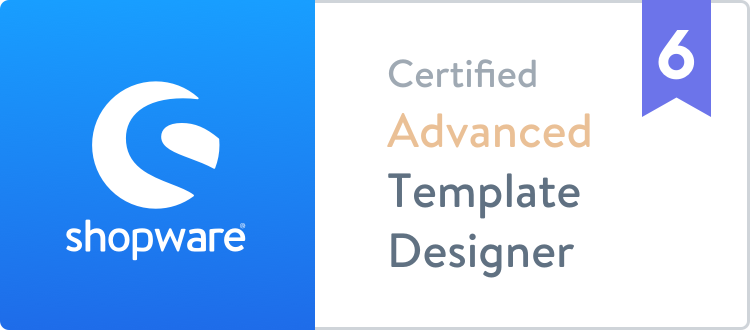
How Best to Structure a Google Shopping Campaign
Frankly speaking, there are thousands of articles and write-ups out there sharing tips and advice on how best an online merchant or business can set up and structure a Google Shopping Campaign. It can be quite daunting to sift through all this information and acquire expedient advice. So, in this article, you will be glad to know that we have done the sifting, and we will tell you what you really need to know to get started, so that you can focus your energy on the important things.
We will also try to explain one or two important concepts or information relating to Shopping Campaigns and, finally, give you a pointer on where you can get helpful tools (especially if you are using the Magento Commerce Platform) for creating a working Shopping Campaign. So, let’s get started!
Some Things You Need to Know
If you are new to campaigns, there is the very significant, sometimes gusty, yet mandatory Google Merchant Center. The Google Merchant Center (GMC) is where your product inventory feed is warehoused. Your inventory feed (sometimes referred to as product or data feed) is a comprehensive list of items you sell. Your inventory feed has to be comprehensive simply because Google requires that a significant list of product attributes be outlined in a specified format to describe what customers can get from you.
For the uninitiated, the following information is important: product id, product title, product description, product category, availability status, price, link to the item page on your website, and so on. You should know that shopping ads can be auto generated based on the data supplied from your product feed.
This is where we want to highlight the first tip for structuring a viable Google Shopping Campaign: On the product feed side of things, make certain that your product feeds are highly optimized. It means ensuring all products have product id, title, description, and categories organized appropriately, according to Google’s specifications.
Some handy advice from user experiences: Try to have important keywords in your product title and description. This is good for Google and prospective customers checking out your ad. Also make sure your prices are right if you are dealing in multiple currencies; and, speaking of multiple currencies, merchants targeting multiple countries might want to create a product feed for each country. If you are going to be advertising for different countries, Shopping Campaigns in AdWords focus on countries, implying that you need to set up sales campaigns for each target country.
Remember, if you do not work according to specifications, Google will not display your product ads. As promised, we will discuss an excellent tool for managing product feeds in the concluding section of this article.
On to the Campaign

So, let’s say you are good to go with respect to your product feeds, you have linked your AdWords account to your Google Merchant Center, and you want to create your shopping campaign. Creating you campaign in AdWords means you select your GMC product feed and the target sales country.
When you do this, you can get down to organizing your ad groups. More often than not, large-sized companies with a high number of product feeds split ad groups into different brands or categories, and merchants with small data feeds might want to create a single ad group. The choice is yours, and, when you get organized, you can now start the process of bidding on the product ads.
Search campaign bidding is different from Shopping campaign bidding, and you have flexibility when bidding because you can bid on individual items or groups of inventory. This is tagged as the bid on your Product Group (whether single or grouped products). If you are thinking, “Can I set my product group to include all the items I sell?” the answer is yes, but it is not really advisable, as different sales for different products will give you different profit margins. You can split your items into smaller product groups and place bids on the smaller product groups.
Connoisseurs in Shopping Campaigns encourage merchants to organize products based on expected profit margins and answer a very important question: How high can you go or spend on ads for a particular product? Merchants with large inventory feeds might find it challenging to set or manage bids at product item level, so, if you organize your segmentation by brand and category, you might want to also segment by similar profit margins.
Don’t forget to monitor and tweak your bids or campaigns if necessary. Keep an eye on your metrics and see how you are performing in comparison to others selling similar products. Experts say your Cost per Conversion metric is usually a good basis for tweaking and optimizing your campaigns. When you get started, be willing to do some adjustments to your campaigns.
Don’t do a "set it up and leave it alone procedure."This is the only way you can know if a strategy is working for you, or not, and in good time. Look for poor performing terms or phrases that haven’t converted in two to three months, or products producing decent or poor conversions, and make necessary adjustments.
You can also use the inventory filter in your campaign settings to limit the amount of items that are authorized to show on Shopping ads. This maneuver can decrease the number of bid conflicts across campaigns for defined Product goods in your "Everything else" product groups.
What's More?

As we promised, there are some tools that can help you get started or work more effectively when building a Shopping Campaign. In reality, quite a number of merchants have admitted that optimizing a data feed can be challenging, so we want to talk about a tool that can help you get started in the right direction.
Google Shopping Feed helps you export inventory and create your product feed. More specifically, it allows you to supply Google with highly relevant data in the most efficient way possible.
The major features of Google Shopping Feed include:
- Support for multiple feeds for the same store
- Multiple currency per store support
- Redesigned feed management interface
- Google Inventory Feeds
- FTP uploads support
- Ability to generate on-demand feeds from the Magento administrative panel
- Everything Google wants
- Facility to migrate your feed configuration between development and production environments









